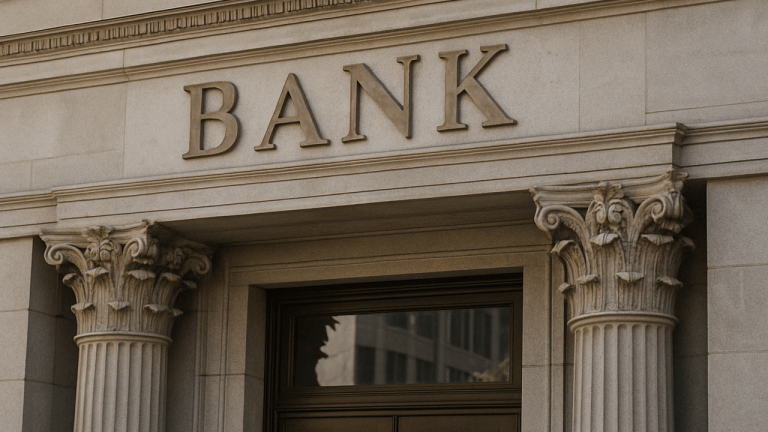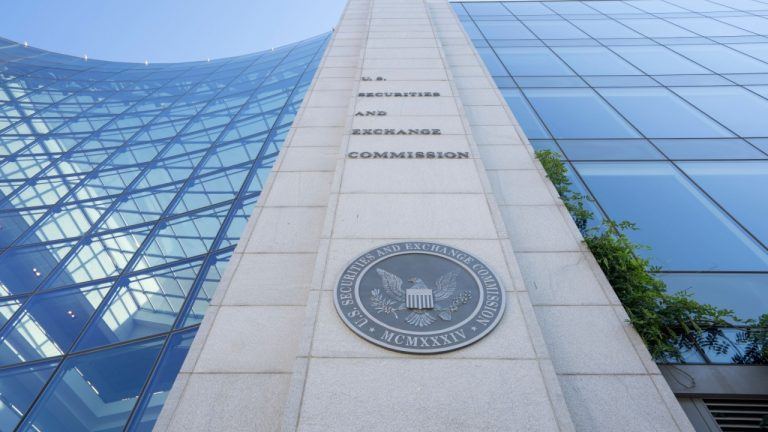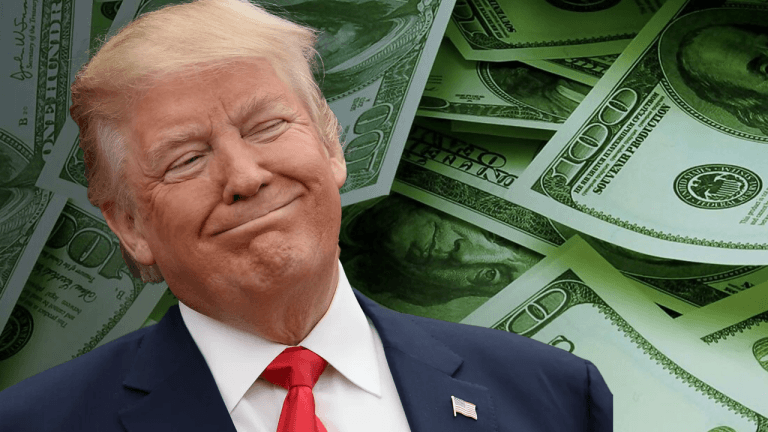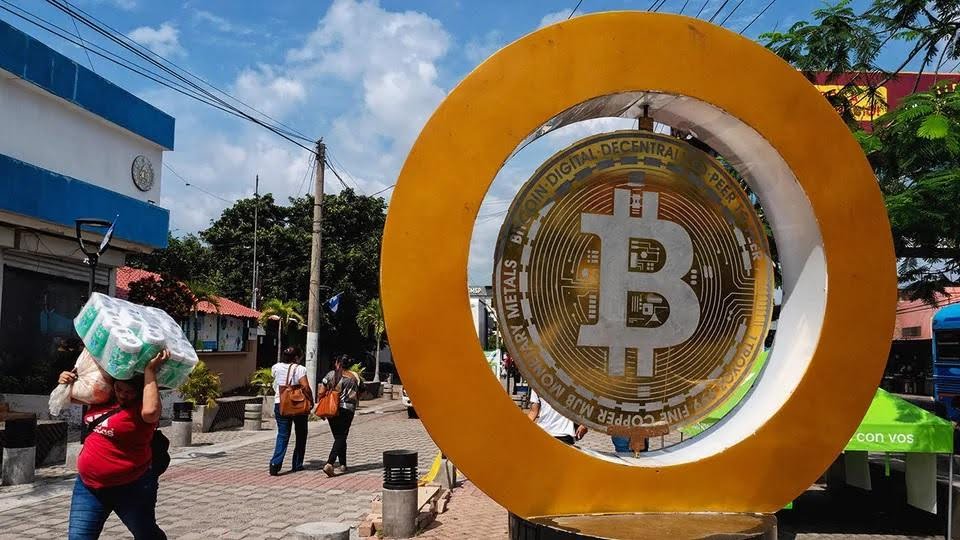 | ABSTRACT Bitcoin's bull-run is long from over, current fluctuations in the market is just a result of market manipulation. We had a failure to rally, causing an ever harder bear trap, but things should clear up in the following weeks. Bullish! A WYCKOFF METHOD There is no doubt that Bitcoin had a distributive Wyckoff pattern when comparing historical price trends (Fig. 1) to a textbook derivative (Fig. 2). The price trend similarities are too great for even cultish doubt. Usually accompanying a distributive phase, however, are accumulation patterns. Comparing historical charts (Fig. 3) to textbook derivatives (Fig. 4), there is a clear resemblance between the two. However, the only noticeable discrepancy is the second major correction/ bear trap, whereas a textbook model by then has already advanced well in price. This brings us to the fundamental reasons for our current correction. Just before we continue, Wyckoff patterns only happen during heavy market manipulation. A key takeaway from here is that the market is under heavy manipulative stress. You guys wanted institutionalized interest, and you got your wish! Just remember that these companies aren't here to play charity, but are in the business of making money and only at that. These market manipulators which we will now refer to as 'MM' are crucial to understanding Bitcoin price theory. Fig. 1, Bitcoin's historical price trends with Wyckoff distribution indicators. Fig. 2, a textbook derivative of Wyckoff Distribution (StockCharts, n.d.). Fig. 3, historical price trends with Wyckoff accumulation markers. Fig. 4, a textbook derivative of Wyckoff accumulation (StockCharts, n.d.). PRICE TREND TECHNICAL FUNDAMENTALS In order for a sustained upwards move in Bitcoin's price, buying and price strength potential or RSI (Relative Strength Index) must be strong. This is charted as RSI and stochastic graph lines, which show when Bitcoin is facing heavy resistance (market weakness) or support (market strength). During the phase when Bitcoin was expected to consolidate and make strong upwards movement via Wyckoff accumulation patterns, stochastic and RSI values were too high or oversold, meaning that prices were facing an imminent correction (Fig. 5). Subsequently, we crashed as expected to roughly 28.5k. Now as for Bitcoin's future in terms of technical fundamentals, stochastic and RSI are expected to recover from literally right now to 2 weeks at most. This is because after an expected price correction, stochastic and RSI usually lay low to accumulate (as they have for the past few days) before exploding the price again (Fig. 6). Fig. 5, a Bitcoin chart primarily based with RSI and stochastic indicators. PRICE TREND THEORY Now why did this happen? Why did Bitcoin crash when Wyckoff accumulation said otherwise? First of all, textbook derivatives are only derivatives. They are only an attempt to model Wyckoff theorem with the path of least resistance, although in reality, anything could happen. Now as to why things went a specific way, in Wyckoff theory, during an accumulation phase, there usually will be price bounce's or corrections like such influenced by the MM with diminished volume in order for these manipulators to confirm that there is low circulating supply in the market. These price bounces, otherwise known as 'bear traps', are also traps to force uneasy investors sell or liquidate, in the process effectively shaking off any money that could otherwise interfere with price advances. During these phases, these shaken investors to sell at a bargain which further boost's MM's pockets. In the process, it also helps allocate more market control to MM. The more sellers willing to sell at low prices who are burnt out the market means that MM has more respective control to sell Bitcoins. This provides a strong foundation to jack up Bitcoin prices in their own profit, because controlling supply means controlling its price. As for current circumstances, the trading volume to massive price correction ratio is doing quite well (Fig. 7). A massive correction with low trading volume is certainly a good sign that this second spring did its job well. Correlated with an extremely overbought RSI/ stochastic (which is a good thing) means great times to come. LONG TERM ANALYSIS A lot of people have wondered that our massive price correction spanning a few months is the start of a Bitcoin bear market. Although quite the controversial topic, the data suggests that Bitcoin's current bull-market still has long ways to go. Bitcoin has followed a certain logarithmic and lengthening cycle pattern for 12 years, quite literally since it's inception! Since nothing fundamental has changed like different block times or cancelled halvings, there is no reason for Bitcoin to break this trend. Depicted below is a graph showing these long term trends as well has the predicted time that Bitcoin will hit its peak and end the bull market (Fig. 8). PUTTING IT ALL TOGETHER Bitcoin is bullish, no doubt about it! The bear traps and dips we are currently facing are no more than minor bunny hills. They're supposed to scare you into panic selling, because that's how bear traps work. If they are not aggressive and sudden enough, they simply wouldn't be convincing enough to do its job. Although its extremely speculative to speak predictions in the current volatile state of the market, here's just a short-term price prediction to look up to. Dubious, dubious speculation indeed, but we all need some peace of mind, don't we? Disclaimer: I am not your financial advisor nor does this content attempt to replicate any of the sort. This content is listed strictly for entertainment and educational purposes. When in doubt, contact your own professional. Your money, your problem (unless you hire me). But in all seriousness, don't lol. Pictures unoriginal to me StockCharts. (n.d.). The Wyckoff Method: A Tutorial. StockCharts. Retrieved from https://school.stockcharts.com/doku.php?id=market_analysis:the_wyckoff_method EDIT: I don't know how to spell 'abstract' apparently. Corrected. [link] [comments] |

You can get bonuses upto $100 FREE BONUS when you:
💰 Install these recommended apps:
💲 SocialGood - 100% Crypto Back on Everyday Shopping
💲 xPortal - The DeFi For The Next Billion
💲 CryptoTab Browser - Lightweight, fast, and ready to mine!
💰 Register on these recommended exchanges:
🟡 Binance🟡 Bitfinex🟡 Bitmart🟡 Bittrex🟡 Bitget
🟡 CoinEx🟡 Crypto.com🟡 Gate.io🟡 Huobi🟡 Kucoin.




















Comments